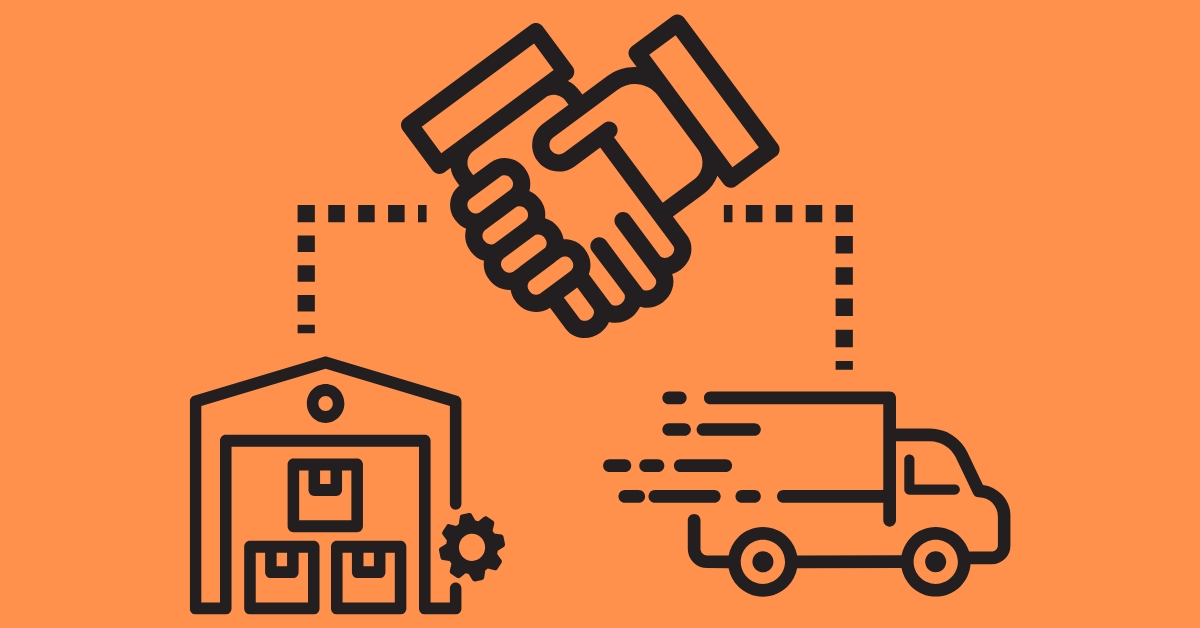Currently Empty: $0

How to Organize a Seamless Conference or Seminar
Overview
Organizing a conference or seminar can be a complex and challenging task, but with the proper planning and attention to detail, it can be a highly successful and rewarding experience. Whether you’re hosting a small seminar or a large-scale conference, the goal is to ensure that everything runs smoothly for both attendees and speakers. Here’s how to organize a seamless conference or seminar from start to finish.
1. Set Clear Goals and Objectives
Before diving into logistics, it’s essential to establish the goals and objectives of your conference or seminar. Are you aiming to educate, network, or showcase new products and services? Clearly defined goals will shape the entire event and help you stay focused on what matters most. Whether it’s fostering discussions, sharing industry insights, or promoting a product launch, having a well-defined purpose will guide your decision-making throughout the planning process.
2. Choose the Right Venue and Date
Selecting the right venue is crucial for the success of any event. Consider the size of your audience, the facilities required, and the location’s accessibility. For a seminar, a smaller, more intimate setting may suffice, while conferences may require larger conference halls with break-out rooms for workshops. Check the availability of technical equipment, such as projectors, microphones, and Wi-Fi, and ensure that the venue aligns with your event’s tone and style.
Additionally, select a date that suits your target audience, avoiding conflicts with holidays or other industry-specific events. A well-timed event will increase attendance and engagement.
3. Plan the Agenda and Speakers
A solid agenda is key to keeping the event organized and engaging. Divide the conference or seminar into manageable sessions, including keynote speeches, panel discussions, workshops, and networking breaks. Ensure a balance between informative sessions and interactive discussions to keep attendees engaged and interested.
When selecting speakers, consider their expertise, relevance to your audience, and speaking style. Communicate your expectations clearly and ensure speakers are prepared with the necessary presentation materials.
4. Promote the Event
Marketing your event effectively is essential for a successful turnout. Utilize email campaigns, social media, and industry partnerships to spread the word. Create a dedicated event website or landing page where attendees can easily register, learn about the agenda, and find logistical information.
5. Streamline Logistics and Attendee Experience
Ensure a smooth check-in process by using event management software for registration and attendee tracking. Provide clear signage at the venue and on the day of the event to guide attendees. Arrange for catering, if necessary, and ensure that all technical aspects, such as microphones and live streaming, are thoroughly tested in advance.
6. Gather Feedback and Follow Up
After the event, gather feedback from attendees to learn what went well and identify areas for improvement. This information is invaluable for organizing future events. Following up with thank-you emails or sharing session recordings helps maintain engagement long after the event ends.
Conclusion
By setting clear objectives, selecting the right venue, planning an engaging agenda, and handling logistics efficiently, you can ensure a seamless and successful conference or seminar. With careful attention to detail and strategic planning, your event can leave a lasting impression on both attendees and speakers.
#EventPlanning #ConferenceSuccess #SeminarPlanning #EventManagement #EventCoordination #ProfessionalEvents #AudienceEngagement #EventLogistics #SuccessfulEvent


 0
0



